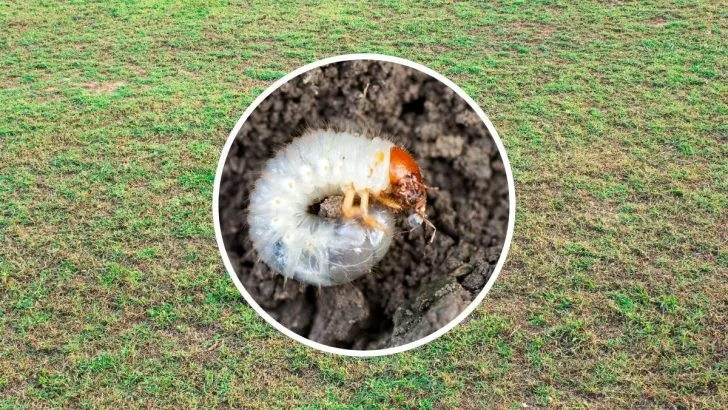Finding grubs in your lawn can be quite disheartening, especially when you notice your grass starting to wither. Grubs, which are the larval stage of various beetles, feed on grass roots, leading to significant damage if left unchecked.
Maintaining the health of your lawn is not only vital for its visual appeal but also for environmental reasons, such as preventing erosion and supporting local wildlife.
In this guide, we’ll delve into effective methods for identifying, treating, and preventing grub damage. Understanding these techniques is essential for keeping your yard lush and vibrant.
Continue reading to discover strategies that can help save your grass and rejuvenate your lawn.
Identification of Grubs and Their Impact
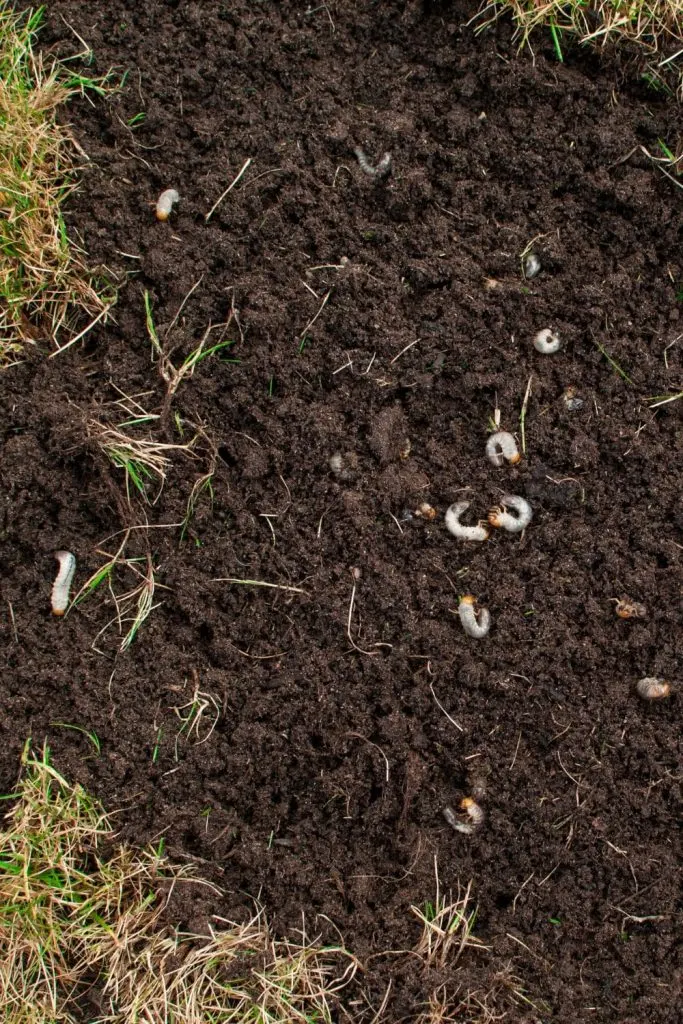
1. Inspect for Grub Activity: Look for brown, spongy patches of grass that lift easily, revealing white, C-shaped grubs underneath.
2. Confirm Grub Presence: Cut a square foot section of turf about 2-3 inches deep, peel it back, and count the grubs. Finding more than five grubs per square foot generally indicates a problem.
Treatment Options
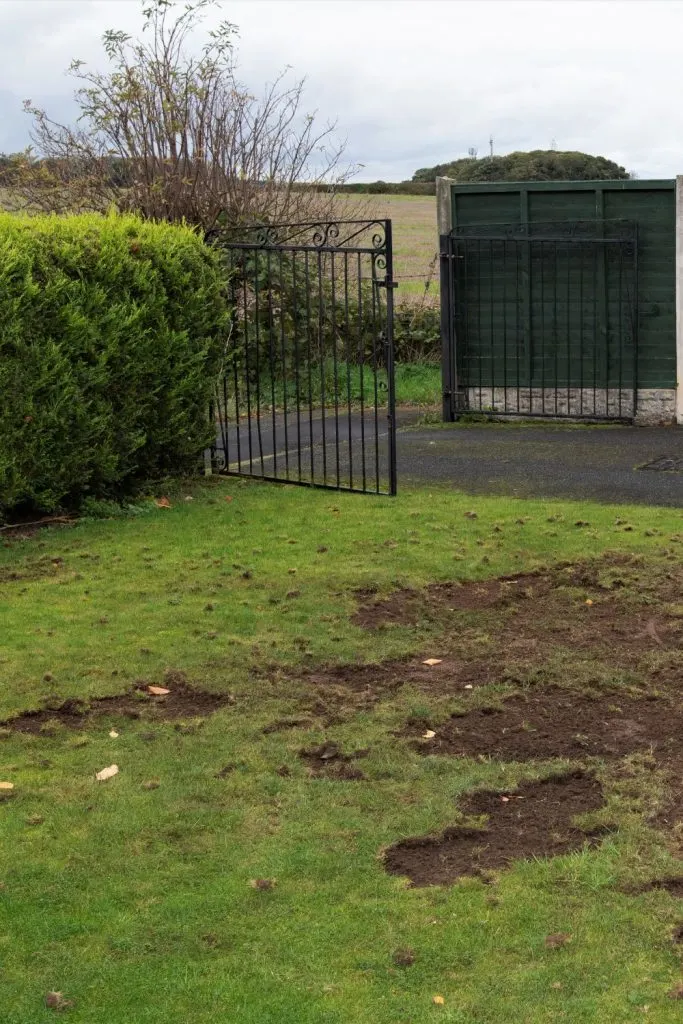
1. Chemical Pesticides: Products containing chlorantraniliprole, trichlorfon, or imidacloprid can effectively combat grubs when used correctly. Always follow the manufacturer’s instructions to prevent further lawn damage.
2. Biological Alternatives: Introducing beneficial nematodes (microscopic worms that prey on grubs) offers an eco-friendly solution.
3. Water Treatments Wisely: Avoid overwatering, as grubs thrive in moist soil.
Preventive Measures
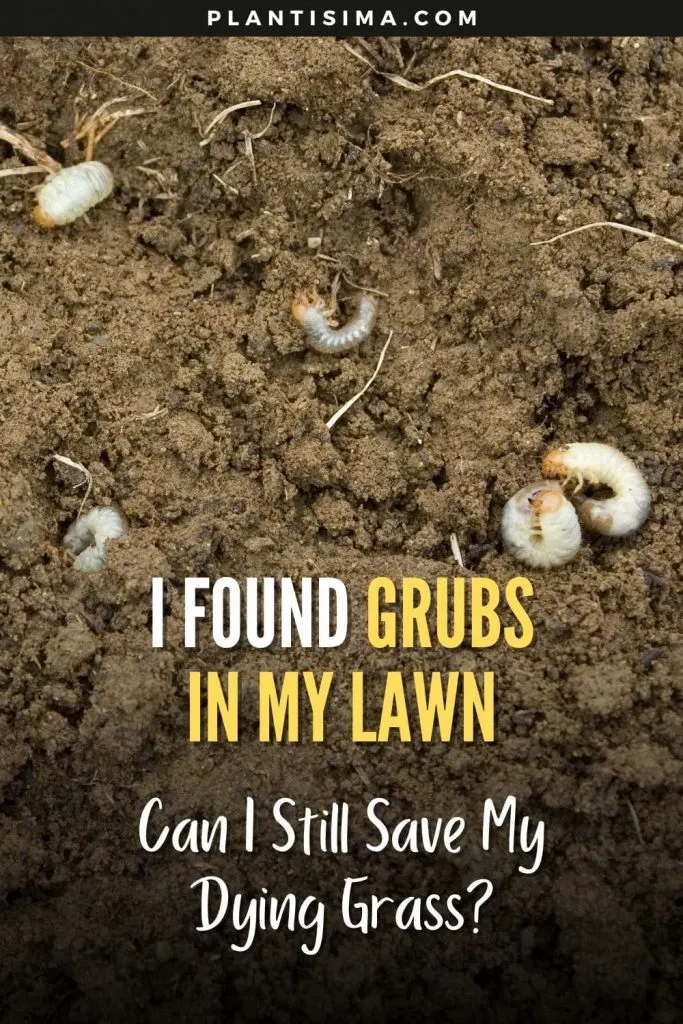
1. Maintain Healthy Grass: A robust lawn can better withstand and recover from grub damage. This includes proper fertilization, aeration, and mowing practices.
2. Regular Monitoring: Keep an eye on your lawn for early signs of pest activity to prevent severe damage.
3. Preventive Insecticides: Apply products containing imidacloprid or halofenozide in early summer before grubs hatch to discourage beetles from laying eggs in your lawn.
Maintaining a Healthy Lawn Post-Treatment
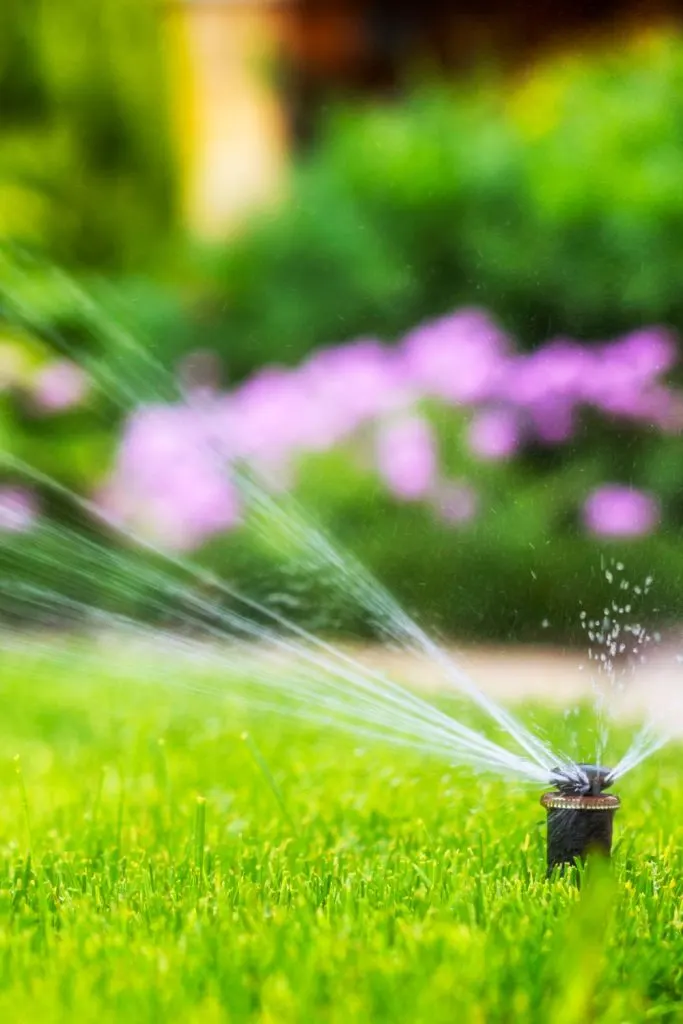
1. Focus on Recovery: After controlling grubs, reseed bare patches and provide adequate water and nutrients.
2. Monitor Lawn Health: Keep an eye on your lawn through the seasons to ensure no further grub issues arise and adjust maintenance routines as needed.
By adhering to these guidelines, you can effectively manage grub populations in your lawn, ensuring it remains vibrant and healthy. A well-maintained lawn not only creates an inviting atmosphere but also contributes to the overall well-being of your local ecosystem.

